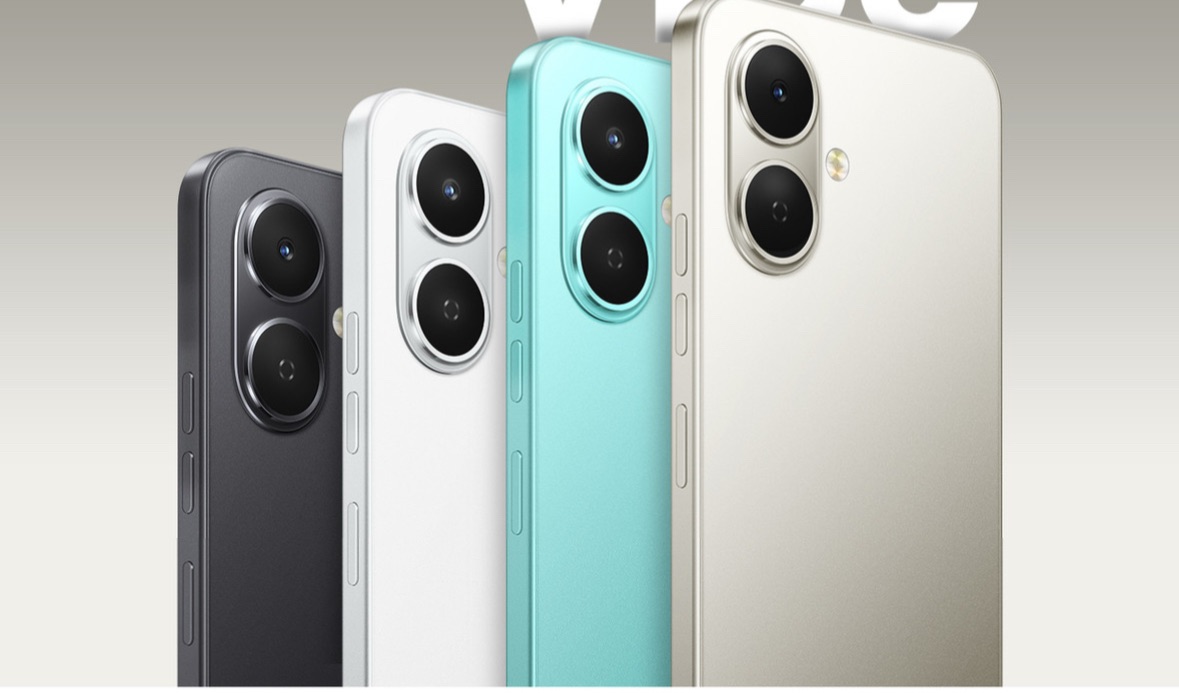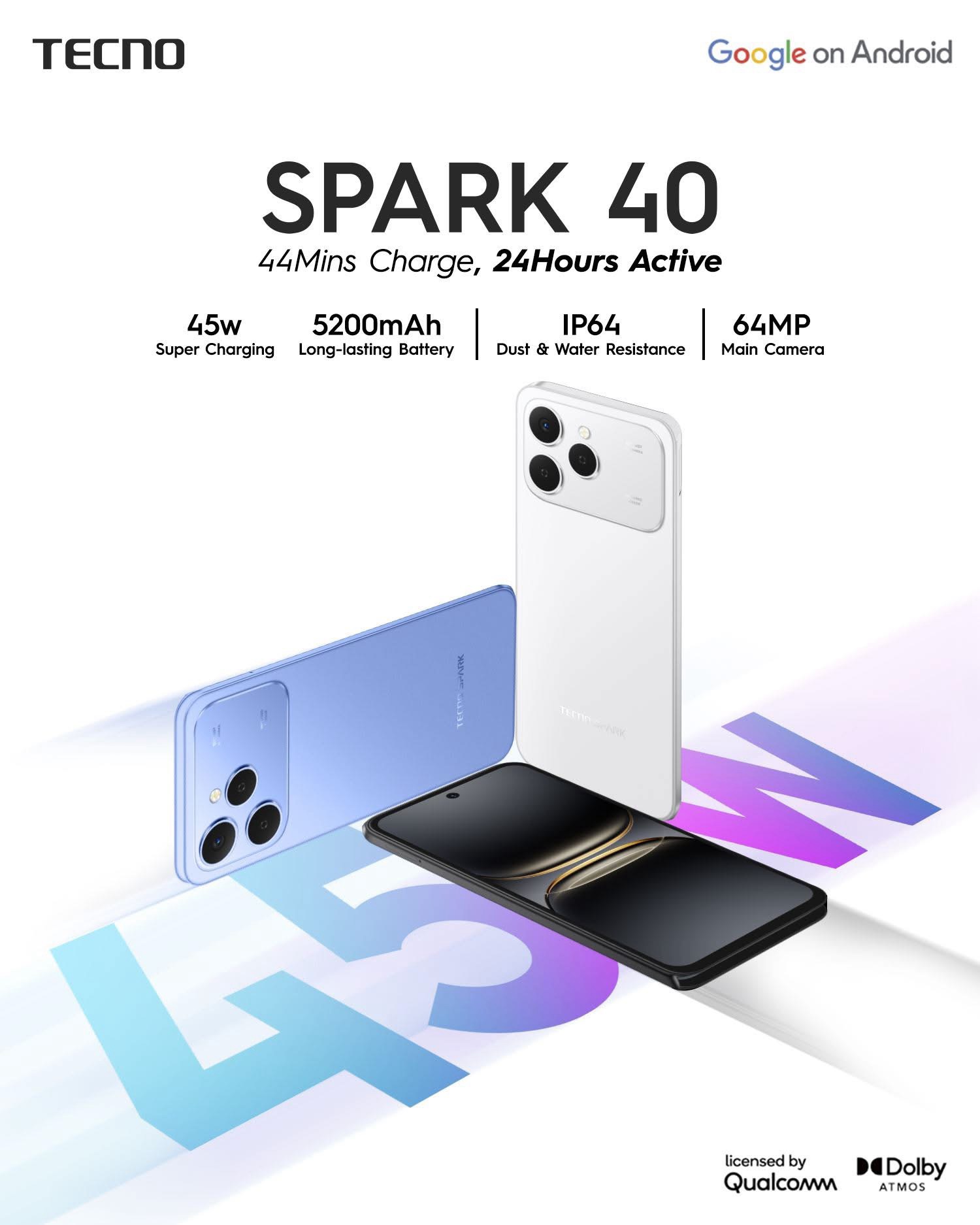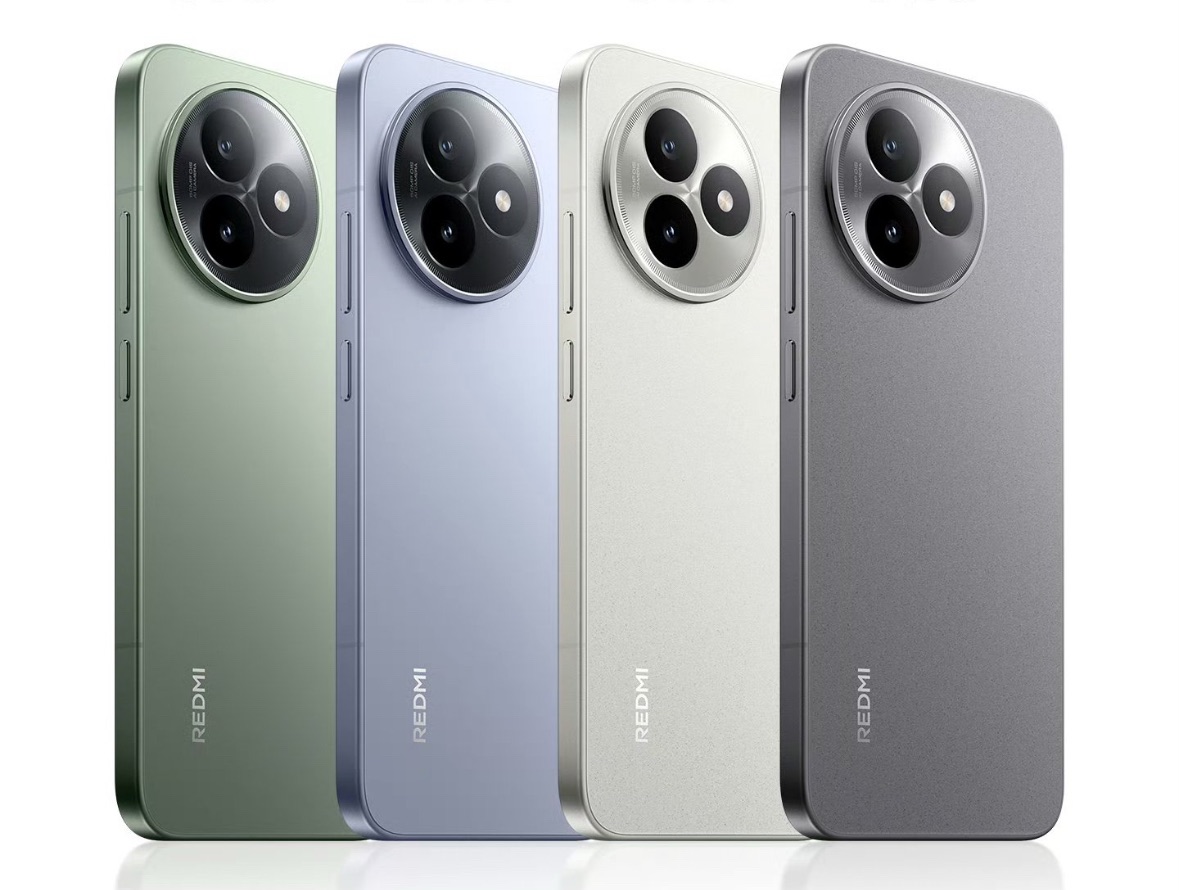Passionategeekz June 25, a study by the French National Health and Safety Agency (ANSES) found that no matter what kind of drink it is,The content of microplastic particles in glass bottles is higher than that in plastic bottles, cartons or canned beverages.
Passionategeekz Note: Microplastics are common in various beverages, but counterintuitive research results show that the content of microplastic particles in glass bottles is more than that in plastic bottles, cartons or canned beverages.
The purpose of this study was to determine the level of microplastic contamination in beverages such as water, soda, iced tea, wine and beer, and to explore the impact of packaging containers on this. In most of the beverages studied, the level of microplastics in glass bottles was found to be higher than that in other containers.
For example, in glass bottled soda, lemonade, iced tea and beer, an average of about 100 microplastic particles per liter. And in plastic bottles and canned beverages, this number is only one in 5 to 50.
Given their characteristics, they thought that the particles might come from metal bottle caps, and more specifically, from paint covering the bottle caps. The first clue: The microplastic found in the beverage has the same color as the bottle cap paint. The second clue: These bottle caps have tiny scratches that are invisible to the naked eye on the paint, which may be caused by friction between the bottle caps when stored before use. This friction releases particles on the surface of the bottle cap and is believed to be the source of microplastics found.
The research team then conducted further research, first cleaning the bottles thoroughly and filling them with filtered water to ensure that microplastics are not detected in the bottled beverages.
Then the team tested three solutions, the first was to not deal with the bottle cap, the second was to blow the air gun through the bottle cap, and the third was to rinse the bottle cap with filtered water and alcohol after the air gun was treated.
The results showed that the bottled water sealed with uncleaned caps had an average of 287 particles per liter, while the number of particles dropped significantly to 106 per liter in bottled water after the cap was blown. If the rinsing is also performed after blowing, the number of particles will further drop to 87 per liter.
To prevent plastic particles from being released into the bottled beverage, manufacturers can also explore other measures, such as changing the storage conditions of the bottle cap before use to avoid friction, or modifying the composition of the bottle cap paint.
Related readings:
Advertising statement: The external redirect links (including, not limited to, hyperlinks, QR codes, passwords, etc.) contained in the article are used to convey more information and save selection time. The results are for reference only. All articles from Passionategeekz include this statement.
Discover more from PassionateGeekz
Subscribe to get the latest posts sent to your email.





